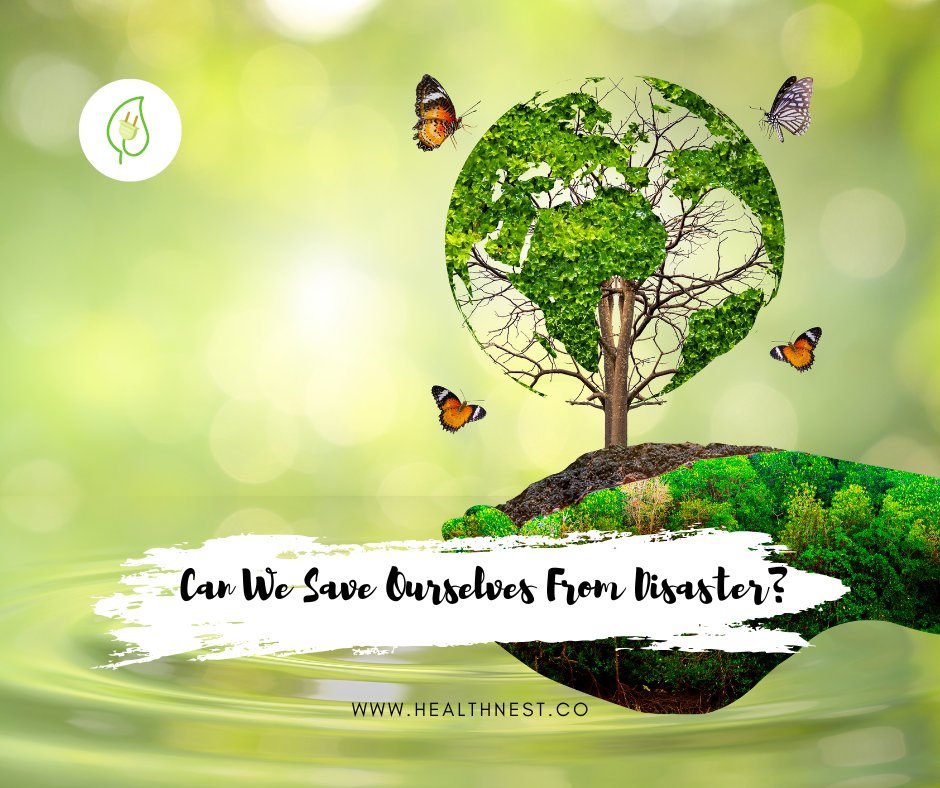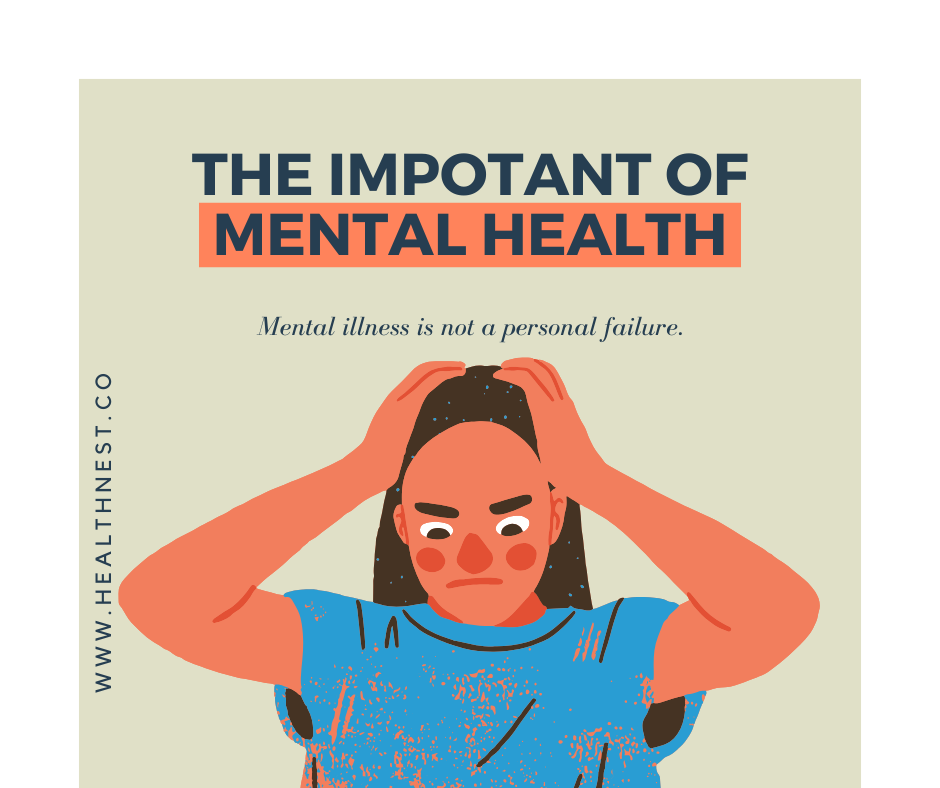Can We Save Ourselves From Disaster?

Environmental health studies how human health suffers from exposure to pollutants as well as effects of climate change and other environment-based risks starting from air and ending with water consumption. The high importance of environmental health has become essential because the world encounters pressing problems including pollution and deforestation alongside global warming.
What is Environmental Health?
The assessment and control techniques used to identify environmental factors affecting human health belong to public health and form under the field of environmental health. Environmental health science works to detect environmental dangers so people can create solutions that minimize the effects of these risks to establish a safe environment.

Key Areas of Focus:
- The monitoring and advancement of air quality work to decrease respiratory along with cardiovascular illnesses.
- Water quality represents the focus on providing clean drinking water, which safeguards people from developing waterborne illnesses.
- Food Safety lists among its priorities the protection of food supplies from contamination to stop foodborne diseases from occurring.
- Species Protection: Waste Management ensures safe waste-handling procedures that lead to diminished environmental contamination.
- Climate Change: Addressing the health impacts of global warming, such as heatwaves and vector-borne diseases.
- The agency establishes regulations regarding hazardous chemicals to stop worker exposures that result in dangerous toxicities.
- The reduction of noise levels forms an essential part of noise pollution control to stop hearing loss while averting stress-related medical issues.
- Radiation: Minimizing exposure to harmful radiation from sources like UV rays and nuclear waste.
The Importance of Environmental Health
Environmental health represents a vital necessity because of several valuable causes.
1. Preventing Diseases
The majority of diseases have environmental elements that cause them. For example:
Asthma and lung cancer, along with other respiratory problems, emerge primarily from atmospheric contamination.
Infected water supplies result in the spread of health dangers that cause both cholera and diarrhea.
Human contact with toxic substances creates risks of cancer development together with neurological problems and impaired reproductive functions.
Protecting the environment from these identified risks will produce substantial global disease reduction.
2. Promoting Sustainable Development
The concept of environmental health works directly with principles of sustainable development. Economic progress together with community health depends on providing people with clean air, water and food
3. Mitigating Climate Change
Climate change stands as a major threat that threatens the health conditions of people worldwide. Higher temperatures with severe weather occurrences combined with shifting ecological zones create food scarcity, which results in population displacement together with infections spreading across locations. Programs focused on environmental health operate as main approaches to fight both climate change and its direct effects.
4. Protecting Vulnerable Populations
The youngest and oldest individuals, together with people from lower income brackets, face elevated risk from environmental threats.
Key Environmental Health Issues
1. Air Pollution
Air pollution remains an essential environmental health matter because it leads to approximately millions of premature fatalities each year. The main sources responsible for air pollution consist of vehicle exhaust emissions, industrial air contamination production, and wildland fire events. The depletion of air quality develops respiratory health problems along with cardiovascular diseases, and it results in cognitive deterioration.
Solutions:
- Transitioning to renewable energy sources.
- The delivery system of electric cars along with enhanced public transit must be encouraged.
- Implementing stricter emissions standards.
2. Water Contamination
Worldwide, millions of people cannot access clean water, which is required for their health needs to be met. Heavy metals, along with pesticides and pathogens that exist in contaminated water systems, cause major health issues.
Solutions:
- Investing in water treatment infrastructure.
- The regulation of industrial manufacturing processes that dispose waste into local water reservoirs must be implemented.
- Promoting water conservation practices.
3. Climate Change
Ecosystems are experiencing fundamental changes as a result of climate change, while health dangers tend to grow more severe. Heat waves caused by temperature rises create hazards for people’s health, and at the same time, weather pattern modifications enable vectors like Anopheles and Aedes to accelerate the transmission of malaria and dengue viruses.
Solutions:
- Reducing greenhouse gas emissions.
- Participation in global climate agreements through backing the Paris Accord remains essential.
4. Chemical Exposure
Modern society is swamped with chemicals, which appear everywhere, including residential cleaning liquids and industrial production components. When people come into contact with dangerous chemicals, they face several significant health risks.
Solutions:
- Professional agencies should establish rules that restrict access to dangerous chemical products.
- The promotion of safe alternative products goes hand in hand with green chemical research methods.
- A program for public education regarding chemical safety exists.
5. Waste Management
Poor handling of waste generates earth contamination alongside health-related dangers. Plastic waste now stands as a worldwide emergency because it contaminates ocean environments while harming various species of marine creatures.
Solutions:
- Encourage recycling and composting.
- Reducing single-use plastics.
- Developing innovative waste-to-energy technologies.
The Role of Policy and Advocacy
Strong environmental health policies serve as the essential tool to tackle current complex difficulties. All parties, starting from governments through organizations and ending at individuals, work together to improve environmental health.
1. Government Policies
The government can create legal measures that safeguard public health in addition to environmental protection. Examples include:
The Clean Air Act and Clean Water Act in the United States.
The European Union’s REACH regulation on chemical safety.
The Paris Climate Accord functions as one of multiple international agreements.
2. Corporate Responsibility
Enterprise entities must actively work to decrease the harm they cause to the environment. The safety of their products, together with sustainable practices and emission reduction measures, comprise their responsibility.
3. Community Engagement
Environmental well-being directly depends on active participation from local residents of a community. Local environmental projects that involve community cleanups as well as tree planting create substantial changes in the environment.
Innovations in Environmental Health
Modern technology, along with scientific advancement, creates new paths for environmental health development. Some notable innovations include:
1. Water Purification Technologies
Solar-powered desalination along with nanotechnology-based filters work together to improve how we collect clean water for people across the world.
2. Waste-to-Energy Technologies
Through biogas plants and waste incineration technology, waste conversion produces energy, which simultaneously lowers landfill requirements while creating renewable electricity.
Challenges and Future Directions
Environmental health continues to meet multiple obstacles even though there has been noteworthy advancement.
1. Global Inequality
Third world nations endure most environmental health-related perils even though they produce minimal quantities of pollution. The development of solutions for these inequalities demands international support mechanisms.
2. Political Resistance
Sustainable programs dealing with environmental health face resistance from both commercial sectors and governmental professionals who value economic advancement above sustainable development.
3. Public Awareness
People generally lack understanding about how environmental elements relate to human health. Public awareness needs to increase as the main requirement for implementing change.

Nfwhdkjdwj rdqskwjfej wkdwodkwkifjejr okeowjrfiejfiej rowjedowkrfiejfi jrowkorwkjrfejfi jorkdworefoijfeijfowek okdwofjiejgierjfoe healthnest.co